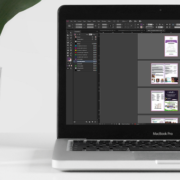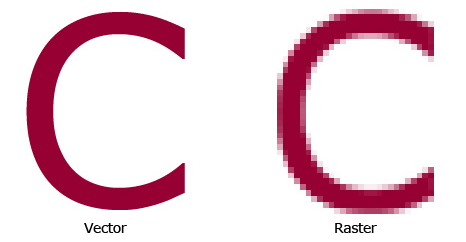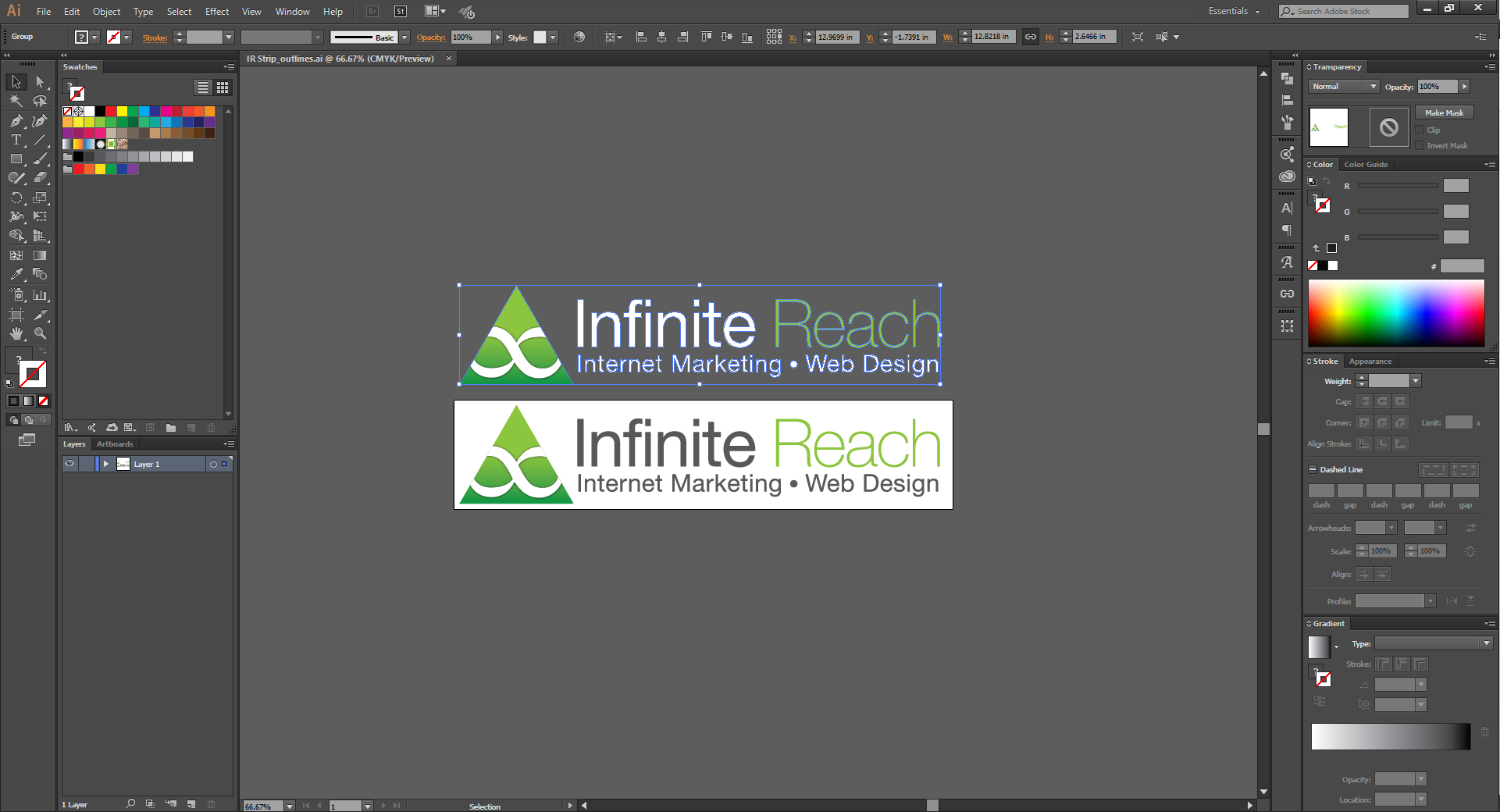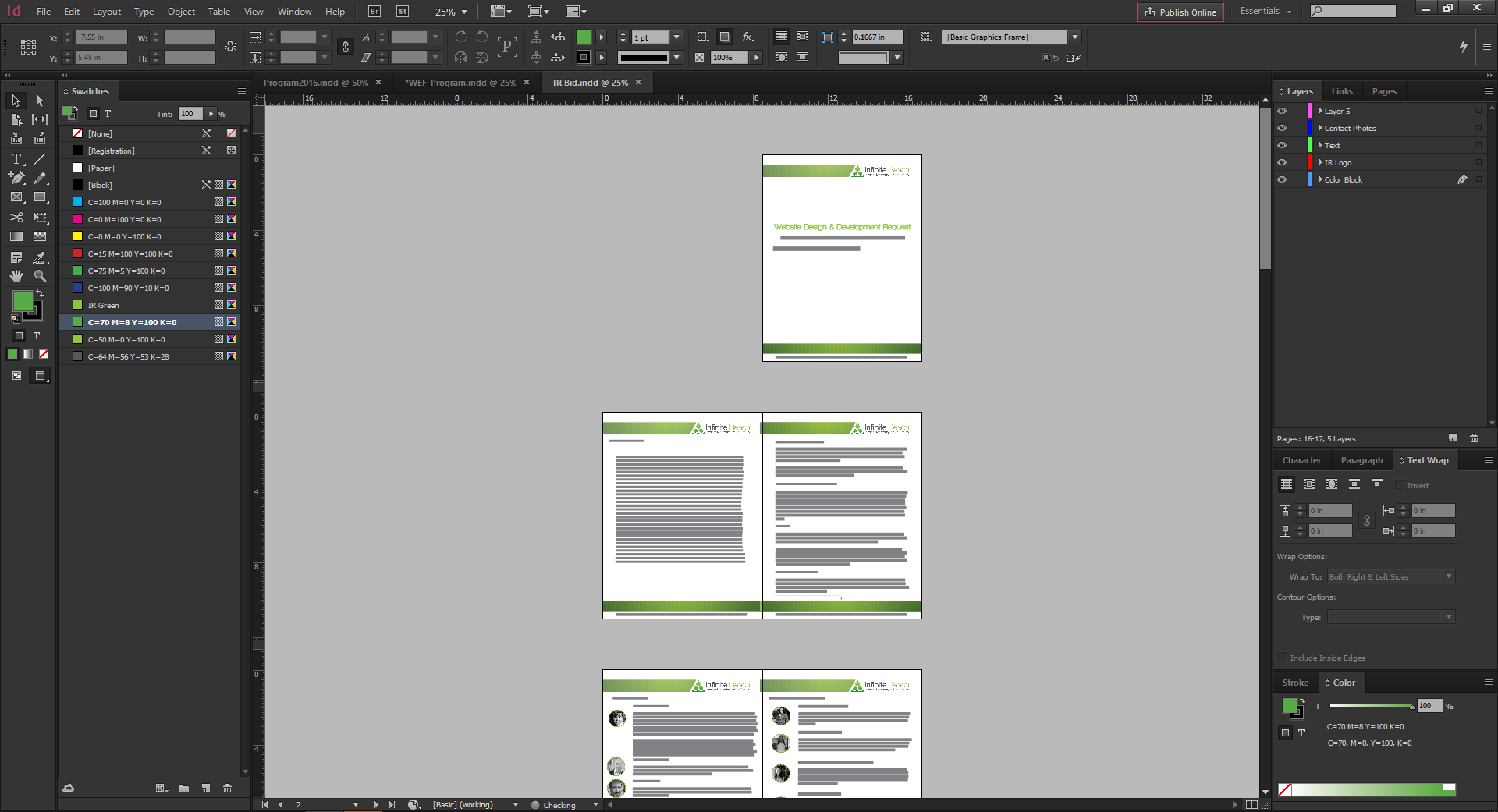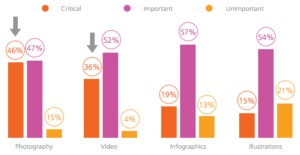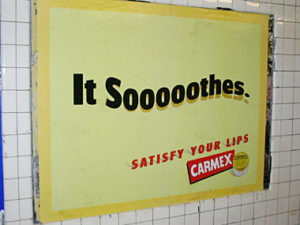The Ins and Outs of Graphic Design & Communicating Visually
Graphic design is everywhere around you! It delivers messages on everything from what cereal to buy at the store to what the discount or promo code is for a certain week. From street signs to billboards to the logos on your t-shirts to the packaging of that online order you purchased, graphic design is a way to quickly communicate an idea using visuals.
Words, photos, illustrations and text are just a few examples of how graphic design is displayed on things we see on the daily. Graphic design is a way to tell a story in a matter of seconds with only a few words, or simply an exciting/eye drawing image.
Layout
A page full of words is still an example of graphic design. Think of a magazine article – there is a variety of ways the words can be organized on the page. You can divide them into columns or bubbles, you can stagger certain words and place images in between paragraphs, add a header to the page – the possibilities are seemingly endless. The page layout depends on the message and the audience, but it is nonetheless graphic design in some way.
Typeface
The text you decide to use alone communicates an idea. Compare Times New Roman to any other font. Times New Roman is commonly found in newspapers and academic journals/articles, typically to communicate formality, importance, or professionalism. Since this is historically how this specific font has always been used, when you see this particular font you take the information that’s written with it seriously. Not many designers would use this text to design a poster because it’s not visually stimulating enough or appropriate. Each font you consider when designing something needs to be appropriate for the particular audience you’re targeting the image to.
Images and Words
Graphic designers often use photos and illustrations along with words because it’s an effective way to convey something quickly. Imagine you’re driving and see a billboard advertisement with a picture of a juicy steak that says “Hungry?” right underneath. Go ahead and compare that to a billboard with only words saying, “Eat a juicy steak if you’re hungry.” Which do you think is more effective?
Logos
One of the fastest ways to communicate something is with a symbol, such as a logo. Most companies/brands will use color and imagery to reflect their values. As a company or organization develops, their specific logo slowly yet surely becomes a part of them – synonymous with their reputation. Logos are a symbol of trust and ownership of a product.
When you see a little white apple, you most likely associate that with Apple, the multinational technology company. When you see that huge yellow and red ‘M,’ you think of McDonald’s. The logo instantly communicates the value and safety of that certain product. The second you see a certain logo, you immediately decide if you trust that brand and want to use those products.
So, Graphic Design…
So, what exactly is graphic design? I hope this blog post summed it up for you! It’s a fast and effective method to communicate visually with a certain audience. Every logo, text, layout and image screams a message. When designed well, your audience will immediately understand its quick coding system. The world would be a much more difficult place to decipher without graphic design.
Do your marketing materials need a refresh? Lucky for you, now through November 30th, Infinite Reach is offering 15% off all graphic design projects! Including flyers, social media graphics, business cards, sales sheets, posters, brochures and more! Contact us today!


